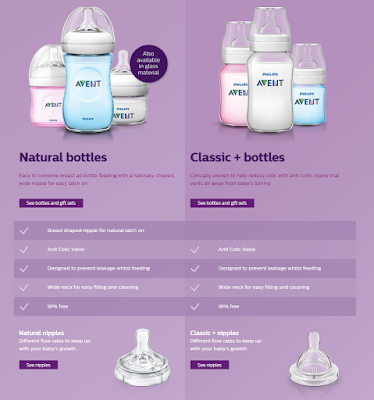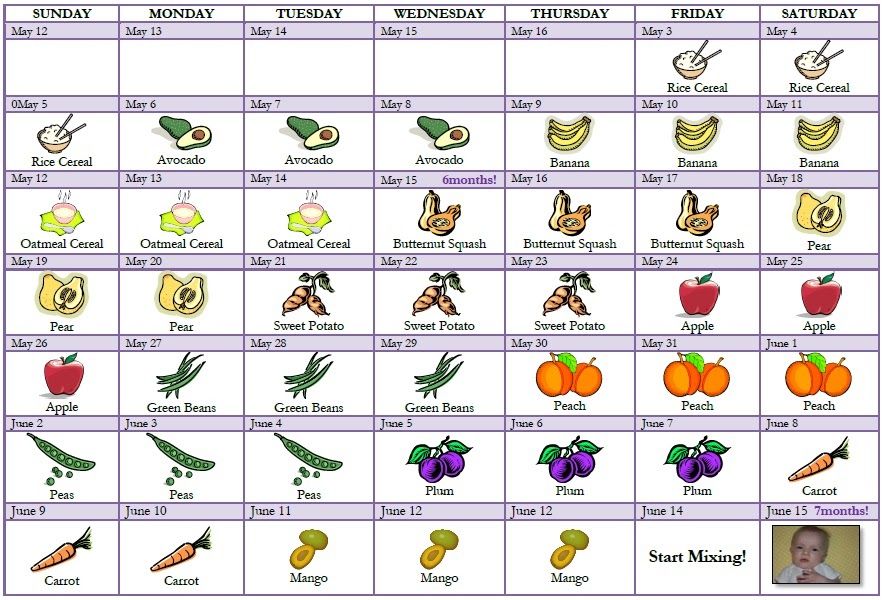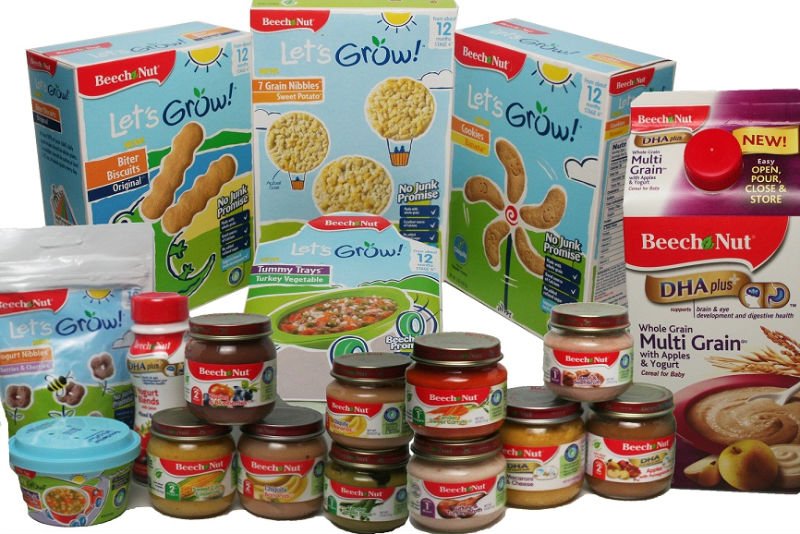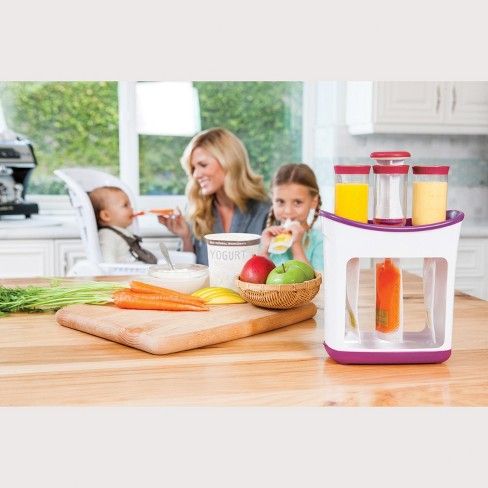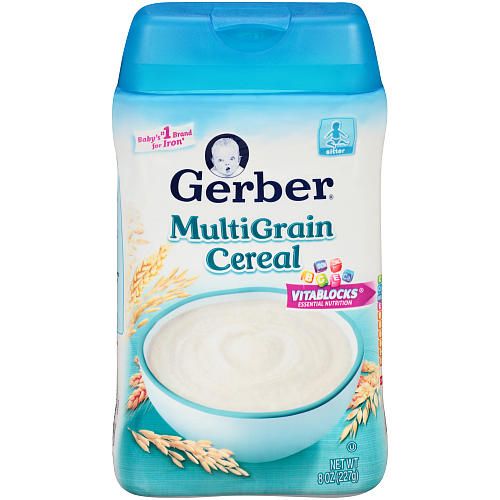Vital baby nurture breast like feeding bottle
NURTURE breast like feeding bottle 150ml 2pk — Vital Baby UK
Save 23%
Original price £11.49
Current price £8.85
| /
SKU 443830
Share this:Whether you choose to bottle feed or to combine both bottle and breast feeding, the NURTURE breast like feeding bottle is a natural choice for you and your baby.
- FEATURES
- DESCRIPTION
- INFO & CARE
- SUPPORT
-
- expertly designed to mimic mum’s breast, the teat feels and flexes like mum’s nipple
- flattened teat mimics the natural shape mum’s nipple makes when feeding
- advanced triple anti-colic valves to reduce air intake
- silicone is soft and smooth against baby’s delicate face
- easy latch teat
- wide neck makes them easy to clean
- 100% acceptance guaranteed, or your money back.
- BPA, Latex & Phthalate free
-
WHY ARE THE TEATS FLATTENED?
During breastfeeding, mum’s nipple will naturally flatten when in your baby’s mouth. These Vital Baby NURTURE™ teats are designed to mimic breastfeeding, which helps to reduce bottle confusion and can make transition between breast and bottle easier.
WHAT IS THE FLEXZONE™?
This is the flexible area around the bottle teat which allows the teat to stretch and flex just like mum’s breast, making it more comfortable and natural feeling for baby to feed.
WHAT IS COLIC?
Healthcare Professionals agree that the most common cause of colic in young babies is as a result of digestive or feeding problems, which are directly linked to swallowing air when feeding. Air can be ingested by baby in 2 main ways during bottle feeding; air entering the bottle and mixing with the milk and baby ingesting air while feeding from the teat.
HOW WILL I KNOW IF MY BABY HAS COLIC?
Colic can be stressful and upsetting for both baby and parents.
 Typical symptoms of colic include, intense bouts of crying (when they are otherwise well), clenching their fists or drawing up their knees to their tummy. Don’t worry, colic is not your fault.
Typical symptoms of colic include, intense bouts of crying (when they are otherwise well), clenching their fists or drawing up their knees to their tummy. Don’t worry, colic is not your fault.ACCEPTANCE GUARANTEED
100% acceptance guaranteed, or your money back. Please see pack for details.
-
- Cleaning & Care: Top rack dishwasher safe (max. 65°C). Suitable for all methods of sterilisation. Suitable for microwave heating with the cap loosely placed. For hygiene and safety reasons, it is recommended that the teats should be replaced at regular intervals.
- Suitable from: 0m+
- Capacity: 150ml/5oz
- Composition: Polypropylene, Silicone
Included in the pack: 2 x NURTURE breast like feeding bottles 150ml/5oz with slow flow teats
-
If you’re reading this, you probably need some help… Download our instruction manual or contact us to speak to a member of the team.

NURTURE breast like feeding bottle 240ml 2pk — Vital Baby UK
Save 23%
Original price £12.49
Current price £9.62
| /
SKU 443832
Share this:
Whether you choose to bottle feed or to combine both bottle and breast feeding, the NURTURE breast like feeding bottle is a natural choice for you and your baby.
- FEATURES
- DESCRIPTION
- INFO & CARE
- SUPPORT
-
- Expertly designed to mimic mum’s breast, the teat feels and flexes like mum’s nipple
- Flattened teat mimics the natural shape mum’s nipple makes when feeding
- Advanced triple anti-colic valves to reduce air intake.
- Silicone is soft and smooth against baby’s delicate face
- Easy latch teat
- Wide neck makes them easy to clean
- 100% acceptance guaranteed, or your money back.

- BPA, Latex & Phthalate free
-
WHY ARE THE TEATS FLATTENED?
During breastfeeding, mum’s nipple will naturally flatten when in your baby’s mouth. These teats are designed to mimic breastfeeding, which helps to reduce bottle confusion and can make transition between breast and bottle easier.
WHAT IS THE FLEXZONE™?
This is the flexible area around the bottle teat which allows the teat to stretch and flex just like mum’s breast, making it more comfortable and natural feeling for baby to feed.
WHAT IS COLIC?
Healthcare Professionals agree that the most common cause of colic in young babies is as a result of digestive or feeding problems, which are directly linked to swallowing air when feeding. Air can be ingested by baby in 2 main ways during bottle feeding; air entering the bottle and mixing with the milk and baby ingesting air while feeding from the teat.
HOW WILL I KNOW IF MY BABY HAS COLIC?
Colic can be stressful and upsetting for both baby and parents.
 Typical symptoms of colic include, intense bouts of crying (when they are otherwise well), clenching their fists or drawing up their knees to their tummy. Don’t worry, colic is not your fault.
Typical symptoms of colic include, intense bouts of crying (when they are otherwise well), clenching their fists or drawing up their knees to their tummy. Don’t worry, colic is not your fault.ACCEPTANCE GUARANTEED
100% acceptance guaranteed, or your money back. Please see pack for details.
-
- Cleaning & Care: Top rack dishwasher safe (max. 65°C). Suitable for all methods of sterilisation. Suitable for microwave heating with the cap loosely placed.
- Suitable from: 0m+
- Capacity: 240ml/8oz
- Composition: Polypropylene, Silicone
Included in the pack: 2 x NURTURE breast like feeding bottles 240ml/8oz with slow flow teats
-
If you’re reading this, you probably need some help… Download our instruction manual or contact us to speak to a member of the team.
Breastfeeding Support and Encouragement Week
- August 1-7, 2021
At the initiative of the World Health Organization, "Breastfeeding Support and Promotion Week" is held annually from August 1 to 7 all over the world.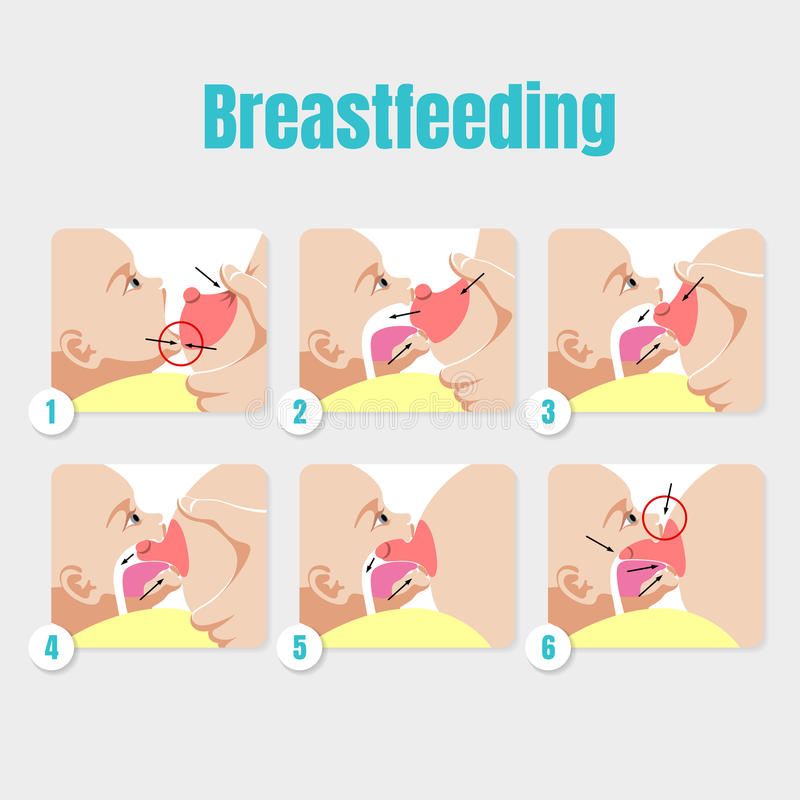 The choice of date is not accidental; on August 1, 1990, the Declaration on the Protection, Promotion and Support of Breastfeeding was adopted. This action takes place under the auspices of WABA - the International Union, uniting organizations and individuals who believe in the right of a mother to breastfeed her child and the right of a child to breastfeed. This organization is dedicated to protecting, educating and promoting these rights. nine0005
The choice of date is not accidental; on August 1, 1990, the Declaration on the Protection, Promotion and Support of Breastfeeding was adopted. This action takes place under the auspices of WABA - the International Union, uniting organizations and individuals who believe in the right of a mother to breastfeed her child and the right of a child to breastfeed. This organization is dedicated to protecting, educating and promoting these rights. nine0005
World Breastfeeding Week is one of the ways to revive the now lost tradition of breastfeeding, to draw public attention to this problem. This action is designed to protect the right of the child to breastfeed, as well as explain to pregnant women and young mothers the need for breastfeeding. Nothing can replace breast milk for a newborn baby. Natural breastfeeding is the path to the formation of a child's health. nine0005
The theme for World Breastfeeding Week 2021 is Protecting Breastfeeding: A Shared Responsibility.
WHO recommends exclusive breastfeeding for the first six months of life, starting within one hour of birth and being "on demand" rather than some imaginary system.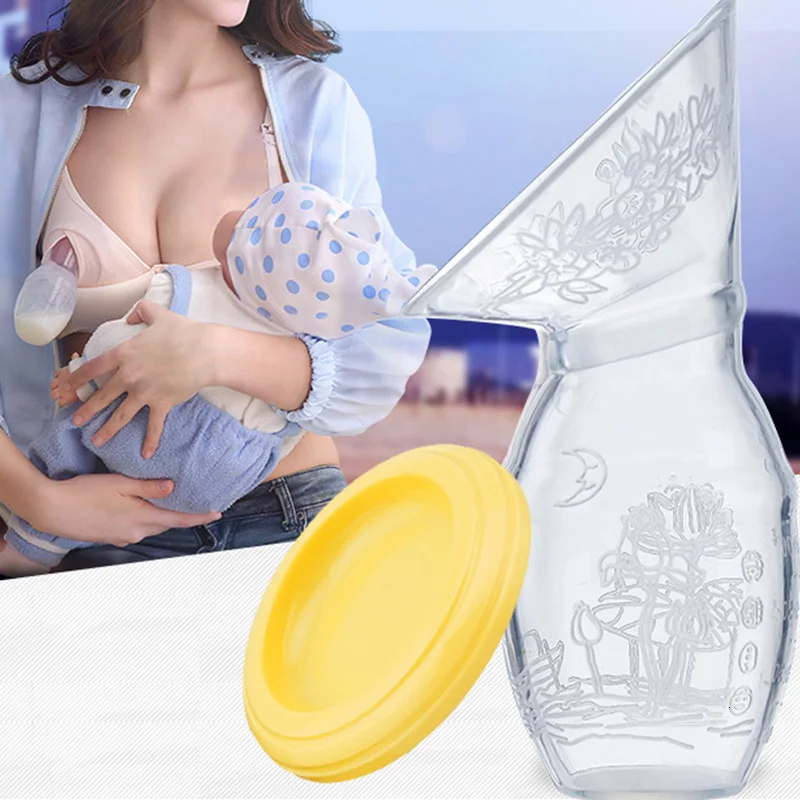 Bottles or pacifiers should be avoided.
Bottles or pacifiers should be avoided.
Breast milk is the ideal food for newborns and infants. It provides babies with all the nutrients they need for healthy development, safely and contains essential antibodies that help protect babies from common childhood illnesses such as diarrhea and pneumonia (two leading causes of infant death worldwide). nine0005
Breastfeeding also benefits mothers as it is associated with natural birth control (98% protection against unwanted pregnancy in the first six months after birth). It reduces the risk of breast and ovarian cancer, type II diabetes, and postpartum depression. Breastfeeding promotes the health of both mother and baby.
WHO suggest the optimal feeding schedule for a child in the first 24 months of life:
- The first feeding should be done in the first hour after the baby is born; nine0024
- In the first six months, you need to feed the baby only breast milk, without the use of mother's milk substitutes;
- After six months and up to two years, or until the mother has milk left, it is possible to transfer the child to a combined diet: breast milk is supplemented with complementary foods.

Such a scheme will allow you to gradually move away from breastfeeding without harming the health of the child.
The process of feeding should take place in a calm environment, the baby is sensitive to the emotional state of the mother, so a woman should try to avoid stress. During feeding, the mother learns to understand the needs of the child and communicate with him at the level of touch, this is also important for establishing an emotional connection. nine0005
Breastfeeding is an important stage in the life of a mother and child, and a woman should not refuse to breastfeed unless there is a good reason for it. What are the benefits of breastfeeding:
- Breastfeeding stimulates the release of hormones that affect the contraction of the uterus and help it return to its original size.
- Breast milk tastes like foods that a woman ate, the baby begins to gradually get acquainted with different shades of tastes, so then it is easier to start feeding him.
 nine0024
nine0024 - During breastfeeding, a woman spends more calories, which allows her to get in shape faster after pregnancy.
- At the beginning of breastfeeding, milk is usually produced more than is needed for one child, because the body prepares for breastfeeding in advance and does not know about the number of children. In the future, the amount of milk is reduced to the needs of the child.
- Milk does not come immediately, it may take 3-5 days after birth, but at this time colostrum accumulates in the breast. Colostrum is a viscous yellowish liquid, but it contains a large amount of calcium, potassium, proteins, minerals and antibodies that the baby needs. It is enough for a child to eat a couple of teaspoons of colostrum to satisfy his hunger. nine0024
- Breast milk is not a constant composition, it changes depending on the needs of the child, the older the baby becomes, the thicker and fatter mother's milk becomes.
- Do not force your baby to drink until the milk runs out.
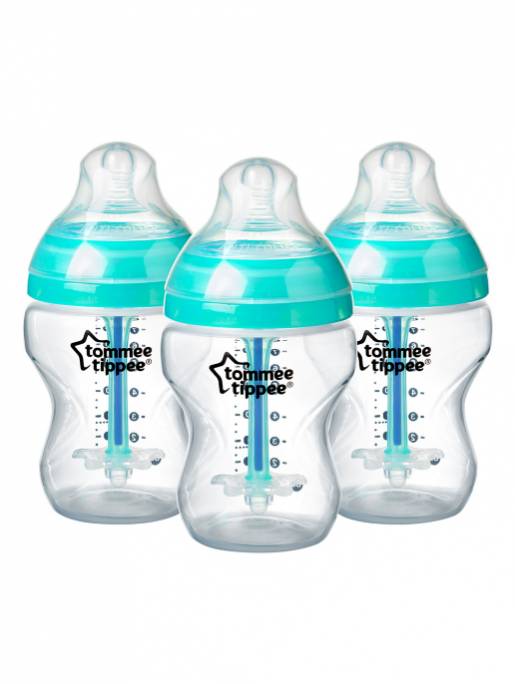 Children usually drink about 70% of the available milk, which is enough for them to get enough.
Children usually drink about 70% of the available milk, which is enough for them to get enough. - Mother's milk contains special substances that help the baby fall asleep faster and calm down. nine0023 Illness of the mother is not a reason to stop breastfeeding. On the contrary, together with milk, the child will receive antibodies that the mother's body will produce to fight the disease, this will strengthen his immunity. However, if the mother needs to take medication, then the possibility of breastfeeding will need to be discussed with the doctor.
No artificial breast milk substitute can compare with mother's milk. The taste and composition of mixtures is always constant, they cannot adapt to the needs of the child and will not teach him to distinguish between flavors. Mixtures can and even should be used, but only if the child cannot receive mother's milk. The decision to stop breastfeeding should be made by the mother together with the doctor. nine0005
Mother's milk received in infancy will protect human health for many, many years! Researchers have studied factors associated with various diseases and have come to the consensus that children and adults who are breastfed are less prone to a number of chronic diseases.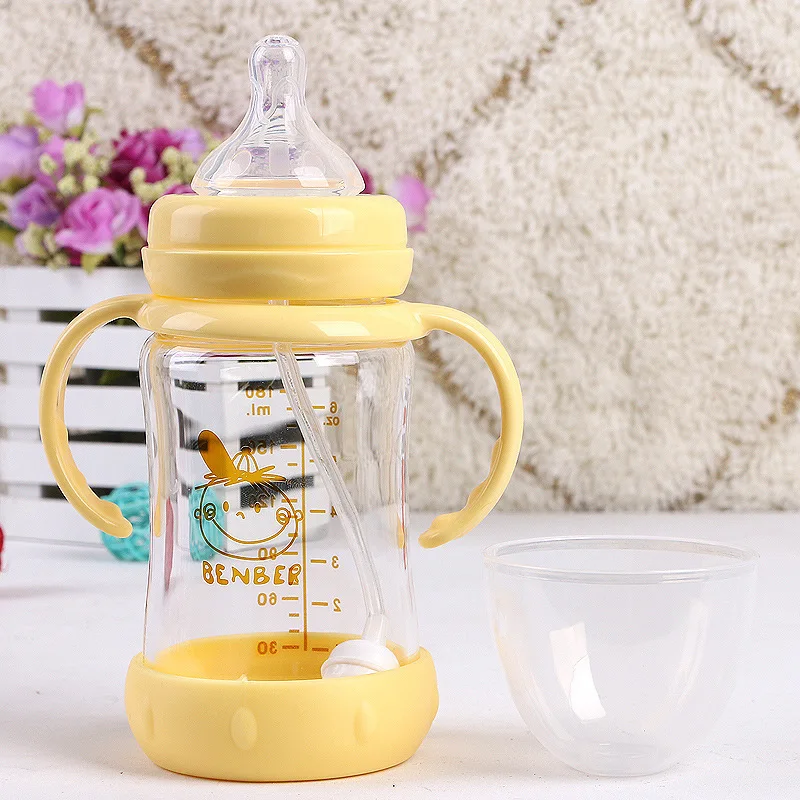 Sometimes, even the shortest breastfeeding can provide protection against disease later in life, but generally, the longer an infant is breastfed, the stronger the immunity. The immune support of mother's milk is vital in critical and emergency situations, including during the COVID-19 pandemic.
Sometimes, even the shortest breastfeeding can provide protection against disease later in life, but generally, the longer an infant is breastfed, the stronger the immunity. The immune support of mother's milk is vital in critical and emergency situations, including during the COVID-19 pandemic.
The Moscow Regional Center for Public Health and Medical Prevention (branch for public health and medical prevention of the GAUZMO KTsVMiR) recommends that the heads of healthcare facilities, with the active participation of doctors from territorial divisions of medical prevention (centers, departments, offices) and health centers, antenatal clinics organize the following information - educational events dedicated to the World Breastfeeding Week:
- To widely inform the population about the events dedicated to the World Breastfeeding Support and Promotion Week through the media, post information on the Internet portals of municipalities, healthcare facilities, as well as on social networks.
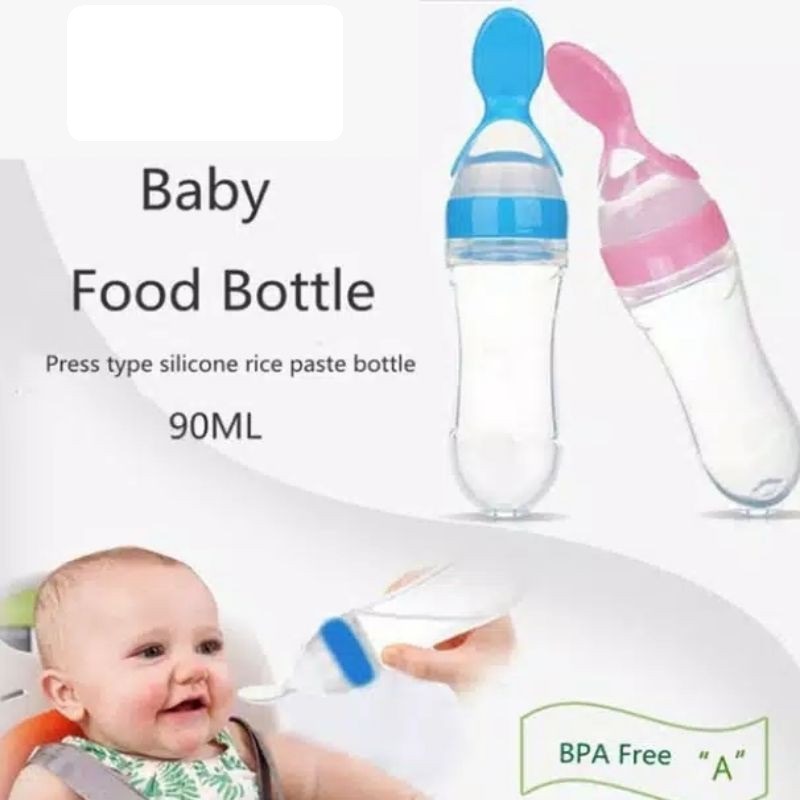
- In the media on this day, broadcast medical content in support of breastfeeding;
- Carry out health education work with the population about the benefits of breastfeeding, as well as the formation of attitudes towards a healthy lifestyle. nine0024
- Organize exhibitions, arrange stands with visual propaganda in support of breastfeeding and a healthy lifestyle in healthcare facilities.
- Organize thematic exhibitions of popular science literature in libraries;
- Distribute leaflets, booklets, leaflets in medical institutions about the benefits of breastfeeding, on the formation of attitudes towards a healthy lifestyle.
Mass events should be held subject to restrictions related to the threat of the spread of coronavirus infection caused by COVID-19(prioritizing outdoor activities, ensuring that social distancing and personal protection rules are observed).
Chief freelance specialist
for medical prevention Shalyagin
- nine0023
View the embedded image gallery online at:
http://bolnica-krp. ru/news/265-260721-2#sigFreeId9e6ac02c7c
ru/news/265-260721-2#sigFreeId9e6ac02c7c
Rapid survey
"Health of mother and baby" about the importance of breastfeeding
and support for breastfeeding? nine0004
1.1. Yes
1.2. No
1.3 Do not know
2. Do you think that the child should be breastfed?
2.1 Yes
2.2 No
2.3 Do not know
3. How long do you think it is necessary to breastfeed a child?
3.1 I do not consider it necessary
3.2 From birth to 6 months.
3.3 Birth to 1 year
3.4 Birth to 2 years
3.5 As long as the child needs
3.6 Don't know
4. Do you know about the benefits of breastfeeding?
4.1 Yes
4.2 No
4. Do not know
If you are a man, go to question 6
5. Do you have personal experience of breastfeeding a child?
5.1 Yes
5.2 No
6. From what sources do you know about the benefits of breastfeeding?
From what sources do you know about the benefits of breastfeeding?
6.1 From medical professionals
6.2 From fiction
6.3 “From people”
6.4 Own experience
6.5 Personal observations
6.6 From the media
6.7 Lectures, conversations
6.8 Other (indicate) __________________________
6.9 9000 6.9
7. Your age _______________________ years
8. Gender
8.1 Male
8.2 Female
Thank you for your attention! We wish you happy and healthy babies
How do you feel about breastfeeding?
1. What were your intentions regarding breastfeeding until the birth of your first child?
- Breastfeed as long as possible
- Breastfeed as long as possible if milk supply is sufficient on your decision about how to feed? nine0004
- Medical personnel of the Female Consultation
- Breastfeeding consultants
- Family
- Friends
- Information on the Internet
- magazines
- decided on their own
- Other
9000 3. Were there Are you at a prenatal breastfeeding consultation?
Were there Are you at a prenatal breastfeeding consultation? – Yes, I was
– No, I wasn’t
– I didn’t have such an opportunity
4. After childbirth:
- Yes, I did
- No, I didn't
- I didn't have the opportunity
5. Choose one option that best describes the events that took place in the clinic or maternity hospital where you gave birth to your first child.
A. My baby stayed in the same room with me after delivery
- Yes
- No
- I don't remember
B. I breastfed my baby within half an hour after birth
- Yes
- No005
- Don't remember
Q. I breastfed my baby every time he wanted to eat
- Yes
- No
- Don't remember
D. What do you currently feed your baby?
- Breast milk only
- Both breast milk and formula, about 50/50.
- More breast milk than formula
- More formula than breast milk
- Only formula
6.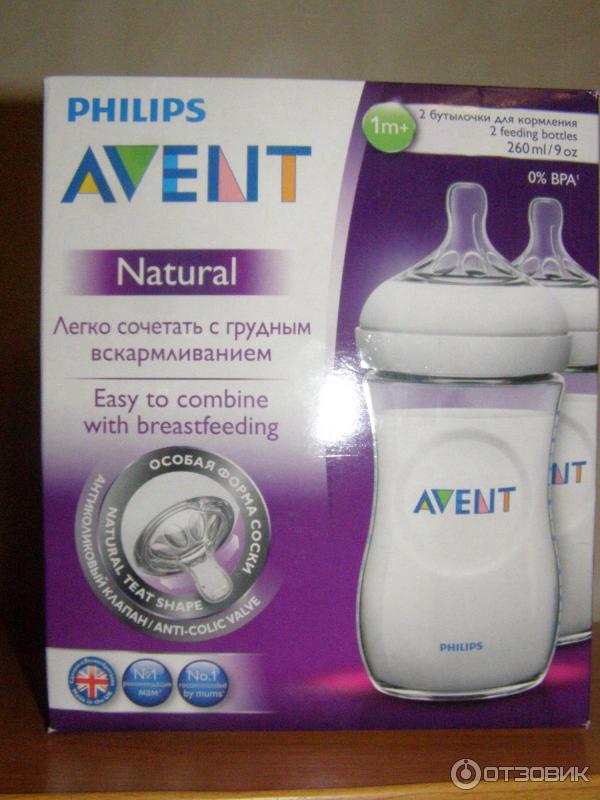 The next question is for those who are primarily breastfed. nine0004
The next question is for those who are primarily breastfed. nine0004
Would you like to return to breastfeeding if you had to temporarily put your baby on a bottle?
- Yes
- No
- Don't know
- We are mainly formula-fed
7. The next question is for those who are mainly breastfed.
Why do you use a feeding bottle? You can select multiple answers.
- Medicines
- Temporary separation from a child
- Baby refuses to breastfeed
- I want to take a break from breastfeeding
- When I have to go somewhere
- Due to going to work
- I have problems with my breasts (breast engorgement, lactostasis, mastitis)
- Not enough milk
- Insufficient weight gain in baby
- Problems with attachment to the breast
- Flat/inverted nipples
- Cracked nipples
- Painful breastfeeding
8. The next question is for those who are primarily breastfed.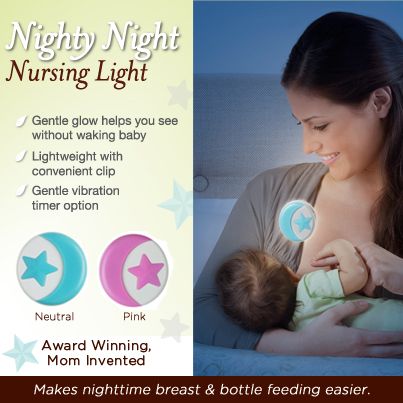
What is your biggest problem preventing continued breastfeeding? You can select multiple answers.
- Medications
- Temporary separation from the child
- Child's refusal to breastfeed
- Temporary weaning at will
- When you have to leave for personal reasons
- Going to work
- Breast problems (breast engorgement, lactostasis, mastitis)
- Not enough milk
- Insufficient weight gain in baby
- Latching problems
- Flat/inverted nipples
- Cracked nipples Pain while breastfeeding
9. Did your baby refuse to breastfeed after using a bottle, or vice versa did not want to take a pacifier after breastfeeding?
- Never
- Rarely
– Sometimes
– Often
– Very often
Smolninskoe municipality - Breastfeeding
Every day thousands of babies are born. And every, without exception, mother, since the moment of pregnancy, has been worried about how to prepare the breast for the feeding process, whether the baby will take the breast, whether he will eat only mother's milk or still prefer the mixture.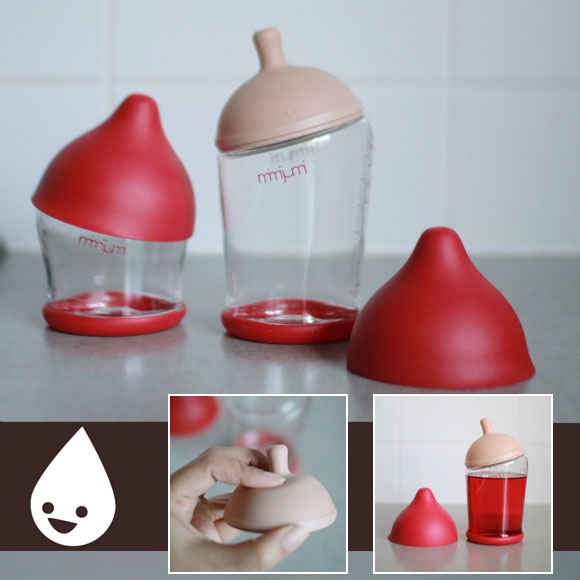 In this article, we propose to consider in detail the principles of successful breastfeeding, learn about the advantages of breastfeeding for mom and baby. nine0005
In this article, we propose to consider in detail the principles of successful breastfeeding, learn about the advantages of breastfeeding for mom and baby. nine0005
The World Health Organization and the Union of Pediatricians of Russia recommend exclusive breastfeeding for the first six months of a child's life as the most correct and most beneficial nutrition for newborns (doing the baby with water if necessary is not excluded). Despite this, do not forget about the objective criteria for nutritional adequacy: an increase of at least 125 grams per week, the number of urination up to 12 times a day, the absence of a decrease in hemoglobin levels for children at risk at 3-6 months. After six months, it is advisable to continue breastfeeding up to 1.5 years with the gradual introduction of safe complementary foods in the second half of the baby's life (domestic recommendations) or 2 or more years (foreign recommendations, including WHO and UNICEF). nine0005
Mother's breast milk transmits elements of her own microbiological status and immune reactions to her child, provides the newborn's body with specific substances (prebiotics), supports the growth of beneficial bacteria, which is ensured by the timely attachment of the child to the breast within the first hour from the moment of birth. Early skin-to-skin contact between mother and newborn in the delivery room, receiving colostrum from the first hour of life triggers the correct mechanism of immune regulation, metabolic reactions, and it is possible that it has an impact on the subsequent development of the brain and cognitive functions of the child already at birth. nine0005
Early skin-to-skin contact between mother and newborn in the delivery room, receiving colostrum from the first hour of life triggers the correct mechanism of immune regulation, metabolic reactions, and it is possible that it has an impact on the subsequent development of the brain and cognitive functions of the child already at birth. nine0005
Every child and every mother can benefit from breastfeeding. Almost all women are biologically capable of breastfeeding, but breastfeeding practices are affected by a wide range of historical, socioeconomic, cultural, psychological and individual factors, and the mother's psychological positive attitude to breastfeeding in the hospital.
UNICEF and the World Health Organization have jointly developed several principles for successful breastfeeding that help new mothers improve their feeding experience. nine0005
1. Cohabitation after childbirth. The opportunity not to separate mother and child after childbirth and to provide them with round-the-clock living together contributes to the calmness of both mother and baby, and also facilitates the adaptation period for them.
2. Early breastfeeding. The first feeding necessarily occurs in the first hour after the birth of the child. At this time, only a few drops of colostrum are produced, but they contain a powerful dose of substances necessary for the immune defense of the baby, and beneficial bacteria that populate his sterile intestines. In addition, colostrum promotes the speedy removal of meconium from the body, thereby reducing bilirubin. nine0005
3. Correct application. It is necessary from the first hours to teach a young mother to properly attach the baby to the breast in order to avoid problems in the future. Incorrect attachment can not only provoke the appearance of cracks in the nipples, but also cause colic and insufficient saturation of the baby, since he will also capture air along with milk.
4. No breast substitutes. Complete rejection of bottles and pacifiers. Milk from a bottle gets a baby much easier than breast milk - you have to try hard to get it. Once familiar with the bottle, babies often refuse to breastfeed in order to get lighter milk. Pacifiers, as a substitute for feeding, also knock down the lactation setting, the child does not eat up, as it is less often applied to the breast. nine0005
Pacifiers, as a substitute for feeding, also knock down the lactation setting, the child does not eat up, as it is less often applied to the breast. nine0005
5. Feeding on demand. It is very important to abandon the usual "regime" feeding, when a "step to the side" was allowed for no more than 15 minutes. This reduced milk production and contributed to the nervousness of the child and mother. The optimal feeding regimen is exclusively at the request of the child. This helps to improve lactation and as a result, the baby receives exactly the amount of milk he needs, and with it the vital maternal warmth and closeness necessary for emotional formation. In addition, on-demand feeding improves milk quality and reduces the risk of lactostasis. nine0005
6. Don't take your baby's breast. Feeding should continue until the baby releases the breast on its own. Interruption of feeding negatively affects both the physical and emotional state of the child. In addition, this leads to the fact that the child does not receive enough useful "hind" milk, which is characterized by high calorie content.
7. Complementary foods are introduced between 5 and 6 months. Until this time, the baby receives 100% of the necessary nutrients from mother's milk. From 6 months to a year - 75%, and from a year to two years - 25%. This item is one of the most important WHO recommendations on breastfeeding. Therefore, the early introduction of complementary foods is completely meaningless - he has already received everything the child needs. nine0005
8. Mother's moral support. It is important to support a young mother, her self-confidence, encouragement of breastfeeding. Many women are not sure that they will be able to breastfeed a child, that they will succeed and have enough milk. The incompetence of medical professionals or relatives and acquaintances who do not provide them with adequate support or even offer to supplement the child with formula, instead of breastfeeding, often become the reason for not breastfeeding. nine0005
9. Avoiding nipple ointments. It is recommended to refuse ointments and creams for nipples. They often give them an unpleasant taste or smell, which can cause the baby to refuse the breast. In addition, their safety cannot be called absolute. It is also better to refuse frequent washing of the chest, especially with soap. This washes away the protective fatty layer and leads to cracked and damaged nipples. To maintain hygiene, a daily shower or bath is sufficient. If cracks appear on the nipples, the reason is the incorrect attachment of the baby to the breast. In this case, you need to solve this main problem. nine0005
They often give them an unpleasant taste or smell, which can cause the baby to refuse the breast. In addition, their safety cannot be called absolute. It is also better to refuse frequent washing of the chest, especially with soap. This washes away the protective fatty layer and leads to cracked and damaged nipples. To maintain hygiene, a daily shower or bath is sufficient. If cracks appear on the nipples, the reason is the incorrect attachment of the baby to the breast. In this case, you need to solve this main problem. nine0005
10. Night feeding. Preservation of night feedings is necessary to maintain lactation. It is at night that the most intensive production of the hormone responsible for lactation occurs. If at this time it is supported by feeding, then the milk will not leave early.
11. Refusal to pump. When expressing milk, a woman misleads her body, it seems to him that all this milk is eaten by a child and begins to produce enough milk for him to eat. That is, as a result of decanting milk becomes even more.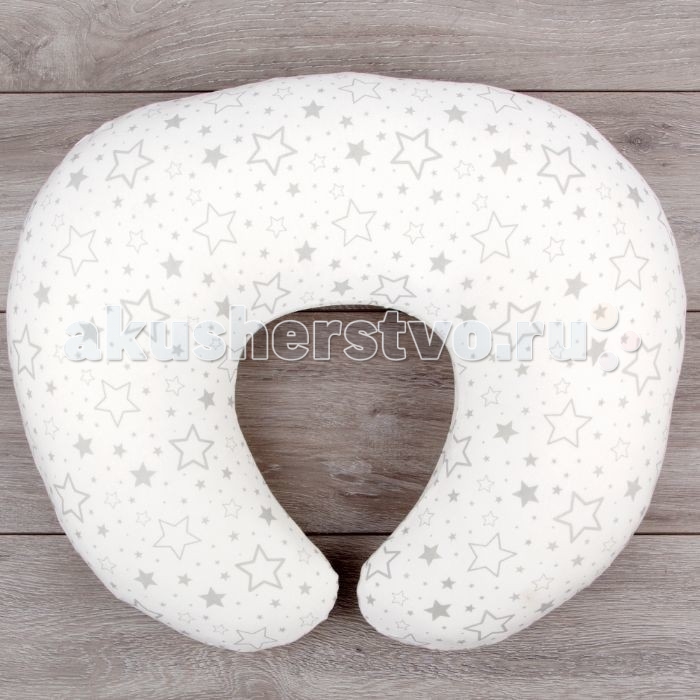 And since the child does not need so much milk, stagnation forms, you have to express the excess, and so on in a vicious circle. nine0005
And since the child does not need so much milk, stagnation forms, you have to express the excess, and so on in a vicious circle. nine0005
12. It is recommended to support breastfeeding for as long as possible - up to a year is mandatory, up to 2 years is desirable. This helps the child build a full-fledged immunity, since mother's milk contains immune bodies that cannot be obtained from anywhere else. In addition, it still contains a large number of trace elements and vitamins necessary for the full development of the child's body.
What do mother and baby get during breastfeeding? Why is it so useful? nine0005
SHORT-TERM EFFECTS OF BREASTFEEDING:
Infants aged 0 to 6 months who are not breastfed have been found to have a 3.5 times higher risk of mortality compared to infants who received breast milk and 4.1 times higher for girls.
Breastfeeding reduces the risk of sudden infant death syndrome among children under one year of age by 36%.
Breastfeeding in children under two years of age reduces the risk of necrotizing enterocolitis, a common pathology and cause of death in preterm infants, by 58%; almost half the frequency of acute intestinal infections and a third of respiratory infections; the risk of developing otitis among children under two years of age. nine0005
Breastfeeding reduces the risk of developing allergic rhinitis in children under 5 years of age.
Breastfeeding is associated with a 68% reduction in malocclusion in children under two years of age.
LONG-TERM EFFECTS OF BREASTFEEDING:
A longer period of breastfeeding leads to a decrease in the prevalence of overweight and obesity by 13-19%, and type 2 diabetes by 35%.
Breastfeeding is associated with a 19% reduction in childhood leukemia%; and is also associated with an increase in the IQ in children and adolescents by 3-4 points.
BENEFITS OF BREASTFEEDING FOR MOTHERS:
Breastfeeding is strongly associated with a reduction in maternal depression.